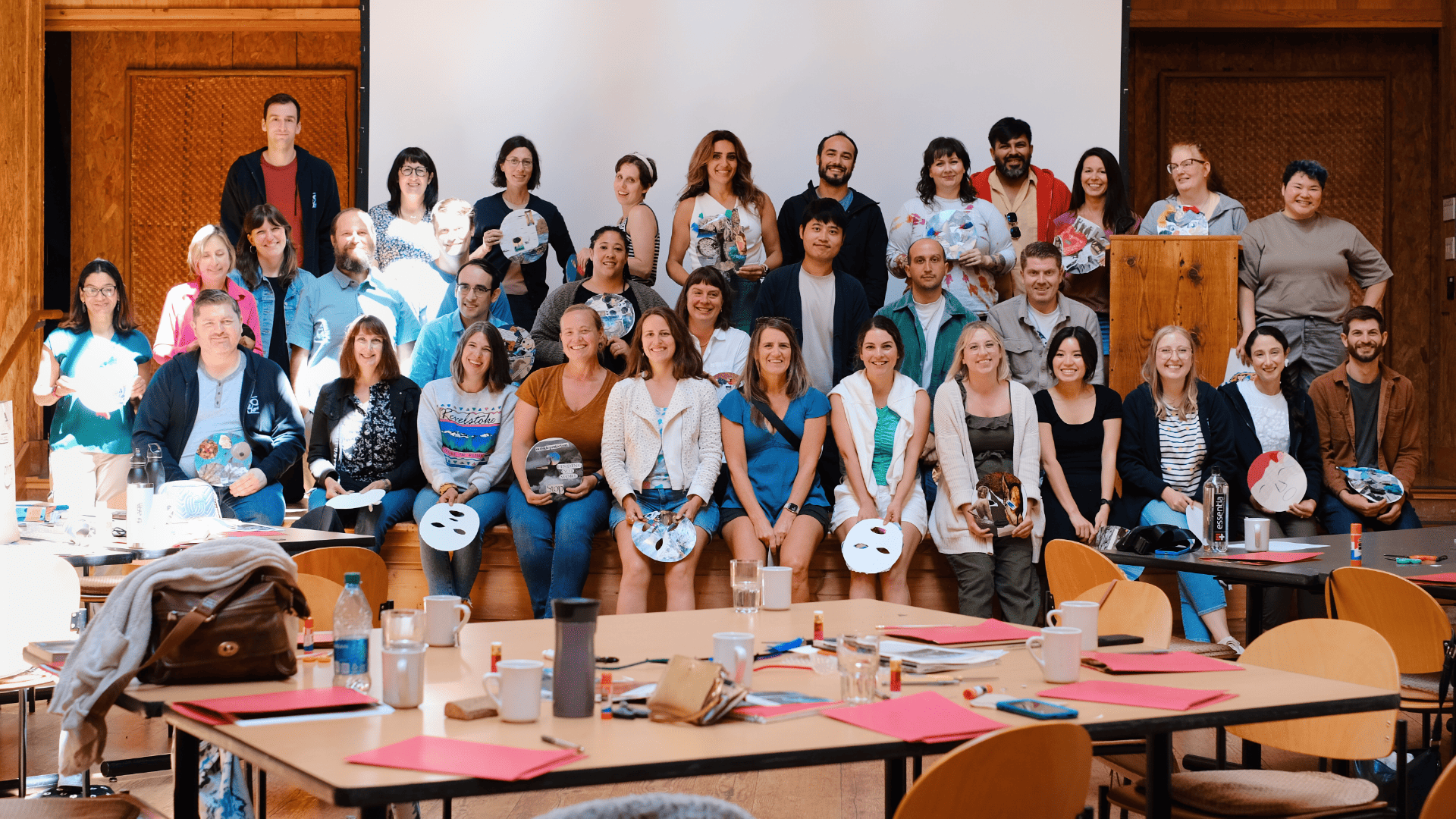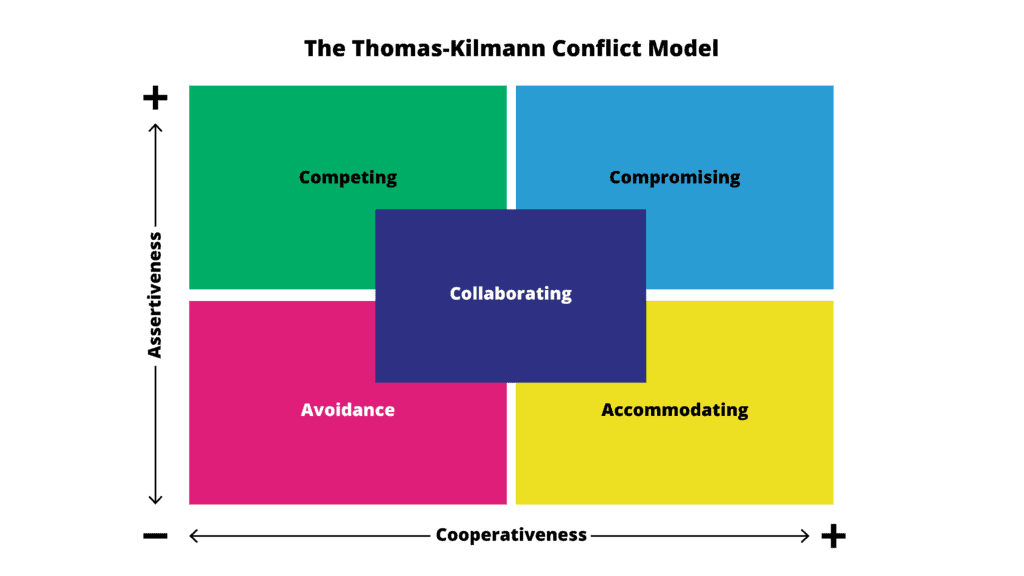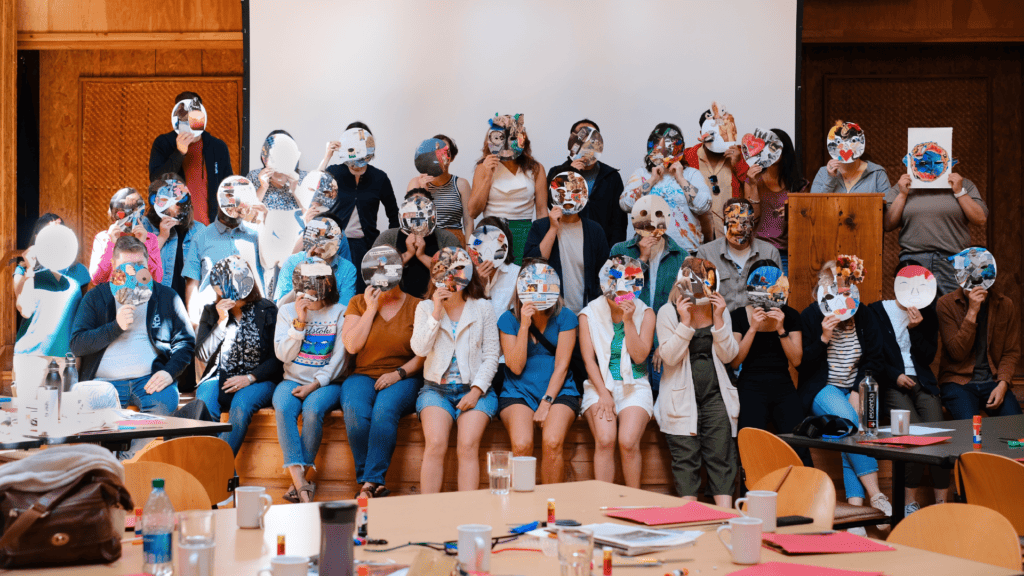
Image by Alejandra Maria Photography
Feedback is the cornerstone of the creative process at 2A, whether it’s an internal discussion on the best way to revise an introduction or debating how to integrate client feedback about a design. That’s why we asked Michaela Ayers of Nourish to lead a workshop on navigating “creative conflict” and constructive feedback at our company retreat this year. Here’s what we learned.
The Thomas-Kilmann Model is a great way to understand conflict management styles. Have you ever had someone steamroll your idea, and you stayed quiet? Or have you and a colleague experienced tension over opposing ideas you were championing, but tried to find a happy medium?
We all have certain habits when it comes to navigating sticky situations based on our personality and preferences. Understanding how you and your collaborators instinctively respond to conflict can help you be more efficient in your approach to delivering constructive feedback. (This writer NEEDS the compliment sandwich.)
The Thomas-Kilmann model below states that the way we work with others tends to fall into different behavioral patterns: competing (high in assertiveness, low in cooperativeness); compromising (high in both assertiveness and compromising); accommodating (low in assertiveness, high in cooperativeness); and avoidance (low in both assertiveness and cooperativeness). At the center of this graph is the golden ticket, collaboration. Often, our management styles will shift depending on the context of whom we are working with and what we are working on.

Image adapted from the Thomas-Kilmann Conflict model
Each of these styles has pros and cons. None of these styles is better than the other, they are simply different, encompassing various “light” and “shadow” traits. For example, an accommodating team member may be able to resolve conflict faster and keep the peace but can later harbor resentment over their unheard opinions. A competing team member is a decisive, efficient problem-solver—but they can be ego-driven and dominating. (Hey, stop thinking of that person. Stick with us for the rest of this.)
What does collaboration look like? True collaboration is about working toward a win-win in which everyone feels heard, valued, and uses creative problem-solving. But even collaboration has a downside: it’s time intensive. And effective collaboration requires something that research has shown to be highly important in the workplace, which is psychological safety. Aligned with Maslow’s Hierarchy of Needs, achieving psychological safety builds upon itself through stages—so fostering growth of these elements at work is crucial to effective collaboration based on well-delivered (and well-received) feedback.
So…how do you build psychological safety? It’s not simple or overly prescriptive, but the overarching idea is to connect with the people you’re providing feedback to; observe their work and feelings; communicate the impact of the recommendations; listen to their thoughts, and then iron out a mutually beneficial solution. In our open discussion, we found that the collegial relationships we’ve nurtured with each other have laid a strong foundation for mutual respect and safety in expressing ideas (which might be why we have five stars on Glassdoor).
After another successful retreat on the books, we’ve noticed that we’re already putting what we’ve learned into practice. And we bet our clients will notice, too.
If you’re interested in hosting a workshop like this for your teams, reach out to Michaela.


